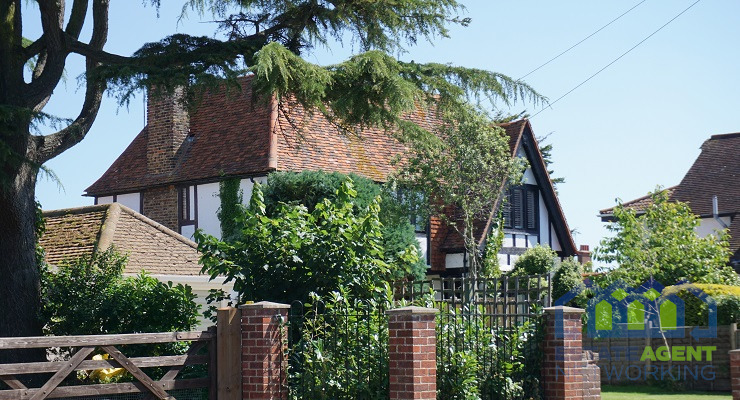First Time Buyer Meets Japanese Knotweed
The Guardian recently published an article about a first time buyer encountering Japanese Knotweed on the property he is proposing to purchase. The potential buyer discovered that the property has Japanese Knotweed only after making the offer. The article mentions that digging up knotweed is a thankless task. Although digging up knotweed is not easy as the rhizomes can be up to 3 metres deep, if done correctly is very successful and often eradicates the weed and removes the problem. Herbicide chemical control will manage the problem and stop the spreading but will not remove the knotweed contaminated soil.
The author states within the article that he should have asked his solicitor to find out if there were any issues around knotweed before making the offer. However, this question should have been on the TA6 form. When looking to buy a property, always make sure you have read the Instructions to Buyers at the beginning of the Law Society Property Information Form (TA6). On question 7.8 within the TA6 form, it states
“The seller should state whether the property is affected by Japanese Knotweed. Japanese knotweed is a non-native invasive plant that can cause damage to property. Japanese knotweed requires several years of treatment before it can be eradicated. A Japanese knotweed management plan can help to control the spread of Japanese knotweed and eradicate it. Most management plans provide a record of works carried out to control Japanese knotweed. They can provide reassurance to mortgage lenders who may be concerned about the impact of Japanese knotweed on the value of the property. Sellers should provide a copy of any Japanese knotweed management plan to the buyer.”
Based on the above, it is the seller’s responsibility to declare whether Japanese Knotweed is present on the property. It is not the responsibility of the buyer to check for knotweed when viewing the property. Rather, the best method is to get the garden surveyed by a knotweed specialist. If knotweed is present then the current owner might have a Knotweed Management Plan (KMP) in place and this should be made available to the potential buyer. The article noted that a survey has been carried out but the garden and grounds weren’t inspected. Instead of relying solely on the surveyor to identify knotweed, a specialist knotweed survey should be carried out in conjunction with the normal survey as this is aimed at identifying knotweed in many cases in the winter and providing the best remedial action.
Coming back to Herbicide Chemical Treatment it does control and eradicate the surface growth BUT does not remove the deep rooted rhizomes. Only excavation can do this. And chemical treatment can take 3 or 4 years to stop aerial growth appearing. Removal by excavation is by far the most long term reliable remedial solution especially if the knotweed is close to buildings and landscaped areas. Only a specialist knotweed survey which costs £150 plus VAT from Japanese Knotweed Ltd will be able to advise whether chemical treatment or excavation is best.
If you find Japanese Knotweed in the property you wish to buy, this needn’t be too much of a problem as it only needs to be managed properly and professionally. The true damage and impact can be clearly assessed and if this is significant, the problem can be removed by excavation. Structural damage caused by Japanese Knotweed is very rare and increased cost to extensions is common.
Judging things from the article, it is the lessees who should pursue the management company to manage the knotweed problem professionally and transparently. The TA6 form would have asked the current owners to declare the presence of Japanese Knotweed and it is advisable to get a specialist knotweed survey done on the property to make sure no knotweed is present.
Japanese Knotweed Ltd is a PCA accredited company and the UK’s largest knotweed eradication company. For more information about a survey and treatment options email info@knotweed.co,uk or call 0333 2414 413.









